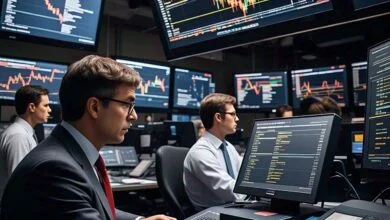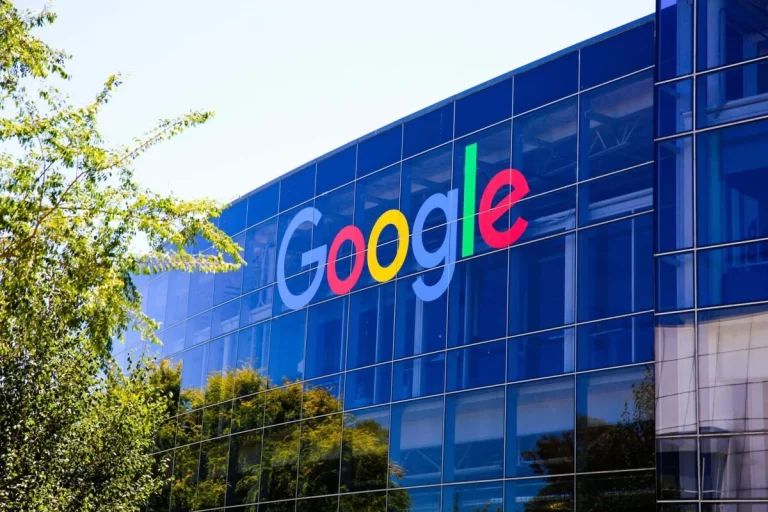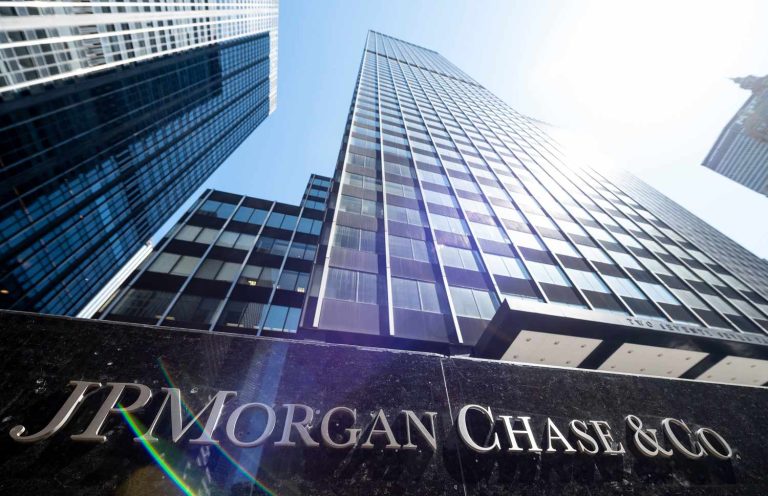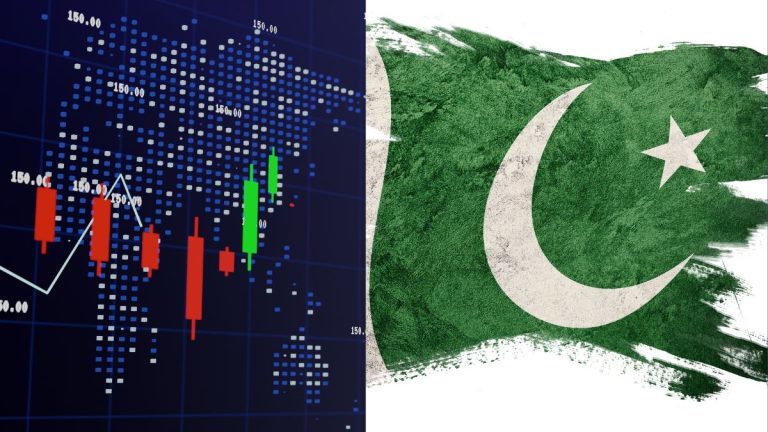Fed Chief Jerome Powell Warns: 5 Big Risks Investors Shouldn’t Ignore
Federal Reserve Chair Jerome Powell doesn’t usually sound alarms unless he has to—but this time, he didn’t hold back. In a recent speech, he laid out five major risks that could throw the U.S. economy off course. While everything might seem okay on the surface, Powell’s message was simple: don’t get too comfortable just yet.
Let’s break down what he said in plain English—and why it matters to anyone with a paycheck, a savings account, or just trying to make ends meet.
1. Inflation Still Isn’t Under Control
Yes, prices have cooled a bit since the worst of it, but Powell made it clear—we’re not out of the woods. Things like groceries, gas, and rent are still more expensive than they should be.
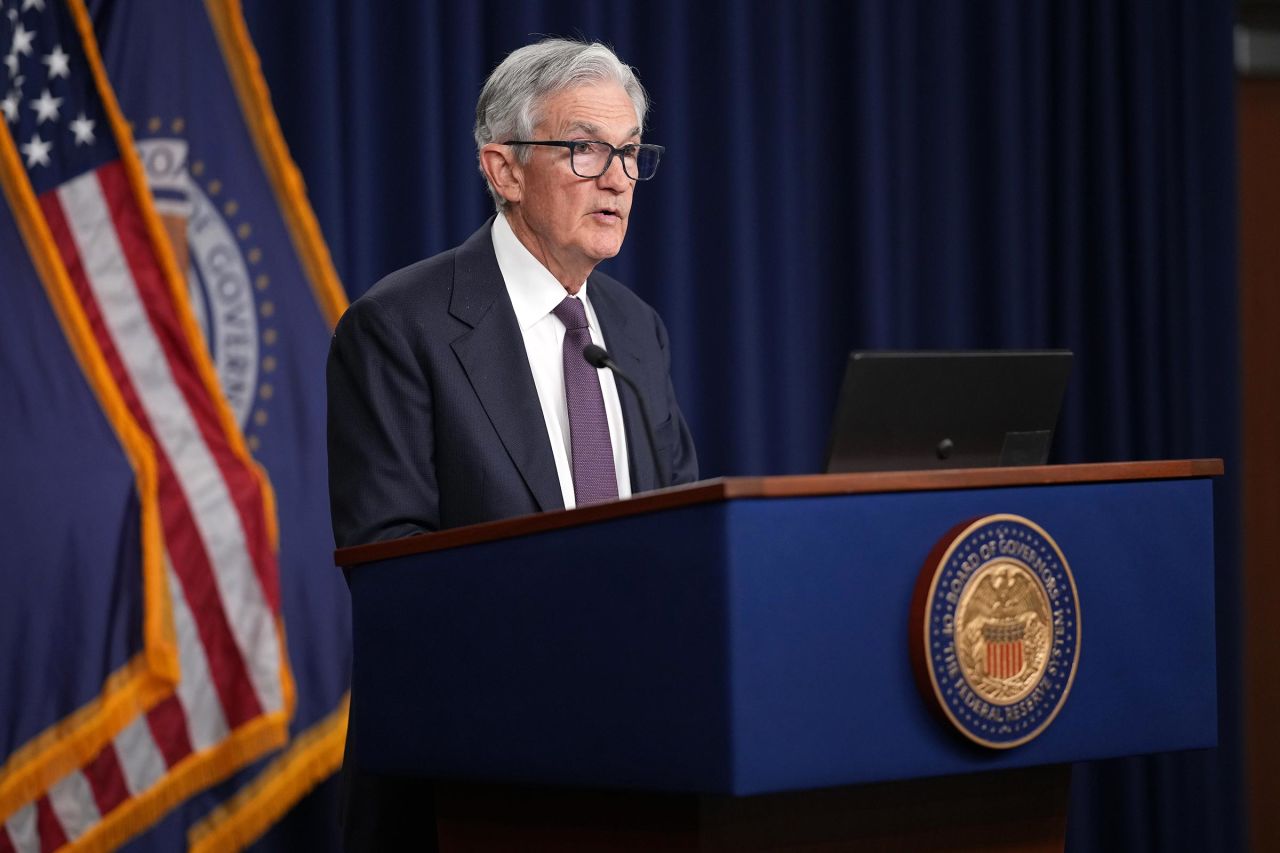
Even with the economy doing well and people working, that strong demand is part of what’s keeping prices high. Powell says they’re watching inflation closely, and until it comes down for good, interest rates are likely to stay high. That means loans, mortgages, and credit cards won’t get cheaper anytime soon.
2. Tariffs Are Making Things Tricky
Powell also brought up tariffs—basically extra taxes the U.S. puts on goods from other countries. These are coming back into the spotlight, and while they might help local industries in some cases, they can also raise costs for businesses and consumers.
He warned that if tariffs push prices even higher, the Fed may need to keep interest rates higher for longer. That could slow down the economy even more—and delay the relief a lot of people are hoping for.
3. The Fear of ‘Stagflation’ Is Real
One of the biggest concerns Powell mentioned is something called stagflation. Sounds confusing, but here’s what it means: high inflation + a slowing economy + rising unemployment. It’s kind of the worst of all worlds.
It’s rare, but it’s happened before (like in the 1970s), and Powell made it clear that it’s on their radar now. If we hit that point, the usual fixes like changing interest rates might not be enough to turn things around quickly.
4. The National Debt Is Getting Out of Hand
This one might feel distant for most of us, but it’s a slow-burn issue that could get serious. Powell said the U.S. is spending way more money than it’s taking in—even while the economy is healthy.
He wasn’t being dramatic about it, but he did call it “unsustainable.” If the government keeps piling on debt, it could make future crises harder to handle, or even lead to higher taxes and borrowing costs down the road.
5. Cyberattacks and AI: New Threats on the Horizon
Lastly, Powell brought up two things we don’t usually hear from central bankers: cyber risks and artificial intelligence. He said cyberattacks on banks or infrastructure are becoming a real threat to financial stability. And while AI might help boost productivity someday, nobody really knows how it will play out yet.
He wasn’t saying AI is bad—just that it’s still a big unknown, and the Fed is keeping an eye on it.
So, What Now?
Powell’s message wasn’t meant to scare people—but it was definitely a warning. These risks aren’t just headlines; they could impact everything from jobs to investments to everyday prices. The Fed is staying cautious, and he made it clear that we all should be, too.
For investors, it’s a reminder not to tune out what’s happening in Washington and around the world. For the rest of us, it’s a heads-up that the economic road ahead might be a bit bumpier than expected.

